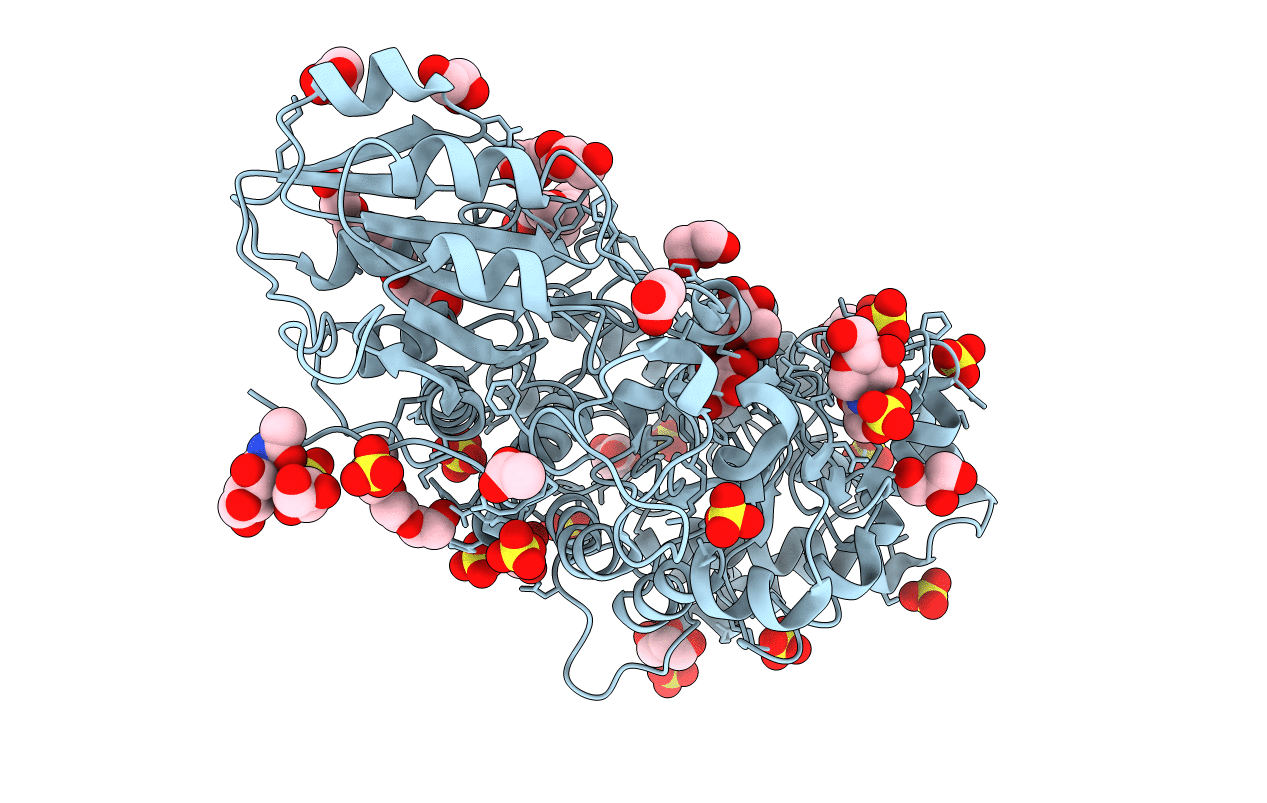
Deposition Date
2019-02-13
Release Date
2020-08-19
Last Version Date
2024-10-09
Entry Detail
PDB ID:
6JGC
Keywords:
Title:
Crystal structure of barley exohydrolaseI W286Y mutant in complex with glucose.
Biological Source:
Source Organism:
Hordeum vulgare subsp. vulgare (Taxon ID: 112509)
Host Organism:
Method Details:
Experimental Method:
Resolution:
2.36 Å
R-Value Free:
0.19
R-Value Work:
0.14
R-Value Observed:
0.15
Space Group:
P 43 21 2


